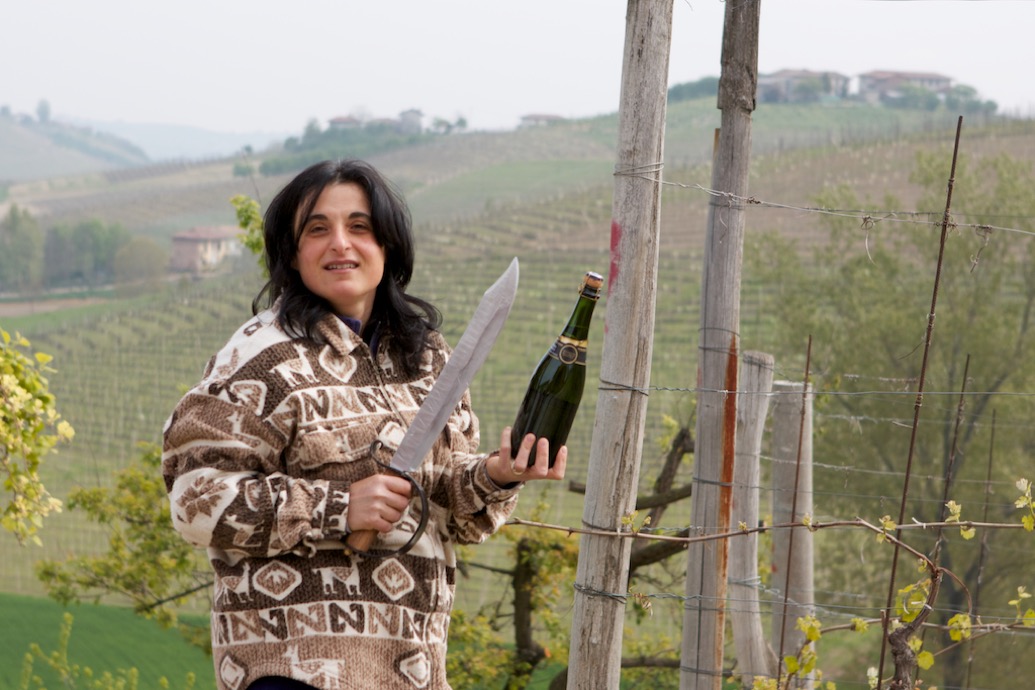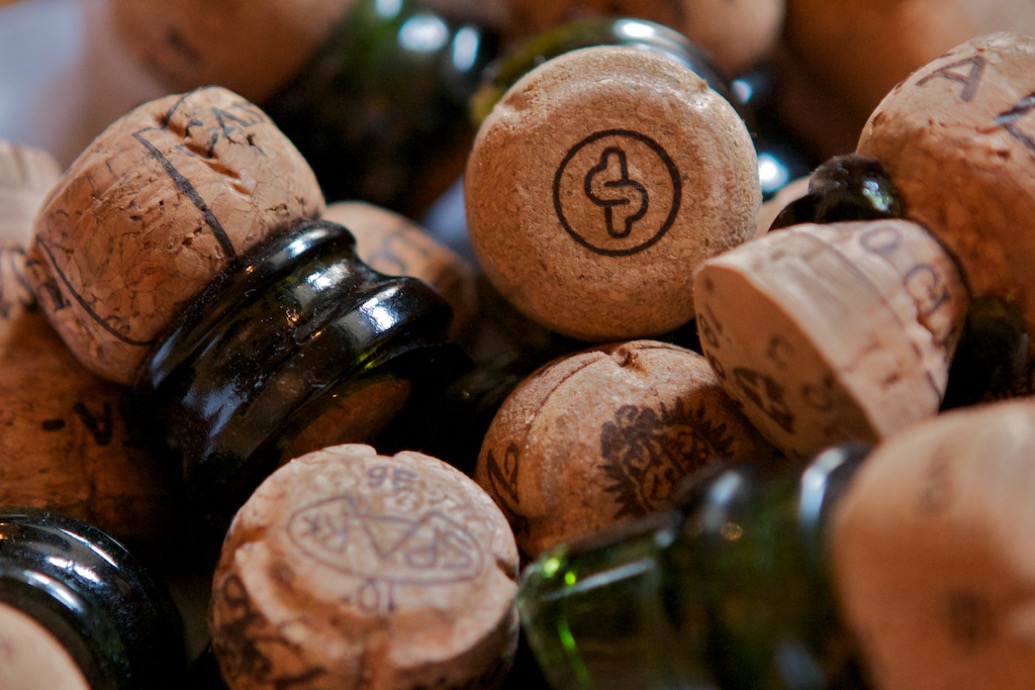
ITALIAN BUBBLES 101
Definitions - In Italy sparkling wine is called Spumante (not to be confused with Asti Spumante). Sparkling wine from the Champagne region of France is called Champagne, from outside the Champagne region but still in France they are called Crèmant. Sparklers from Spain are called Cava, sparkling wine from Germany is called Sekt, South Africa uses cap classique and in the states it is simply called “sparkling wine”.
Production Method - All of the below regions except Prosecco use the “metodo classico” (traditional method), meaning made the same way as Champagne, utilizing a second fermentation in the bottle. A very costly way to make wine.
Some of the Sparkling Regions -
Franciacorta DOCG- From the Lombardy region made from grapes grown on the hills of a series of townships to the south of Lake Iseo near Brescia. The 5,400 acres of vineyards produce 6 to 8 million bottles per year. Since 1995 the DOCG classification has applied exclusively to the sparkling wines of the area. Permitted grape varieties are 85% Chardonnay, 10% Pinot nero and 5% Pinot bianco. Nonvintage Franciacorta (NV) may not be released until at least 25 months after harvest, of which 18 months must be in contact with the yeast in the bottle (15 months for Champagne) Vintage Franciacorta (Millesimato) may not be sold until at least 37 months after harvest. 2,958 ha / 7,306 acres
Alta Langa DOCG - Is an extensive production zone, which takes in the territories administered by 156 communes in the provinces of Cuneo, Asti and Alessandria. Only 6 of these are located in the Barolo & Barbaresco regions. Permitted grape varieties are Pinot Nero and/or Chardonnay, 90-100%; other local non-aromatic varieties, up to 10% 182 ha / 450 acres
Erbaluce di Caluso DOCG - Made exclusively with the grape varietal Erbaluce grown in vineyards situated in the territories of 33 communes of the province of Turin. The grape has a long history in the Piemonte region, with the first written record dating to 1606. It is believed the first high quality bubbles in Italy started in this area. 213 ha / 526 acres
Prosecco DOCG - From the Veneto region. 90% of all Proseccos are made using the Charmat method with the secondary fermentation taking place in large stainless steel tanks, therefore making the wine much less expensive to produce. Not having a second bottle fermentation, Prosecco will not age well and should always be drunk young, well before it’s third birthday. The 10% of proseccos that are made metodo classico are hard to find but worth the effort.
Varietal : Made from a minimum of 85% Glera (pryer to 2009 known as the grape prosecco). maximum 15% Bianchetta Trevigiana, Chardonnay, Perera, Pinot Bianco, Pinot Grigio, and/or Pinot Nero (vinified as a white wine) 31,050 ha / 76,690 acres

